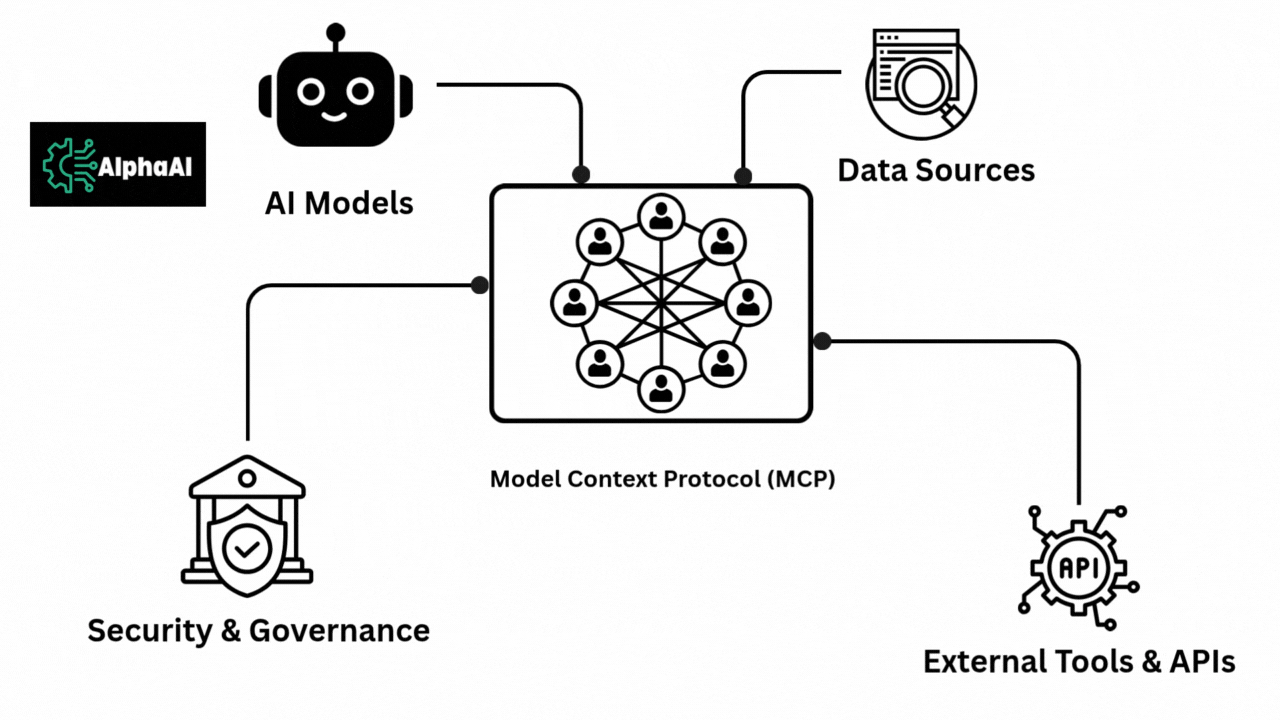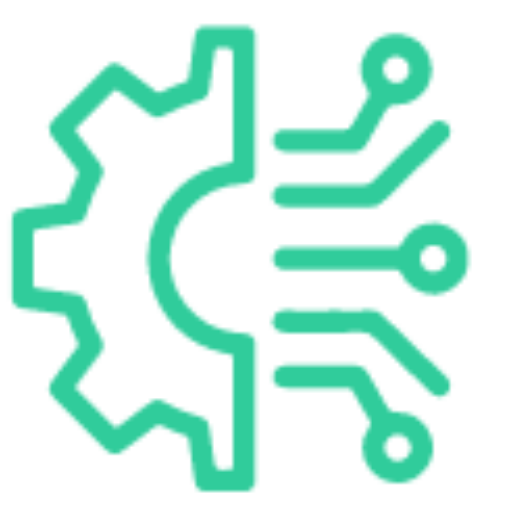According to Gartner, 80% of D&A governance projects will fail by 2027 because a genuine crisis has not been created. Linking AI models to suitable, real-time data is challenging for nearly 70% of organizations. Furthermore, approximately 65% of developers spend too much time developing distinctive connectors for every data source. These problems prevent innovation and reduce the value of AI systems.
The renowned theoretical physicist Albert Einstein famously stated, “The significant problems we face cannot be solved at the same level of thinking we were at when we created them.” This recognition highlights how urgently new strategies are needed to address all the complex issues with data connectivity and AI integration.
Despite their incredible advancement in reading and writing text, large language models often experience trouble accessing the variety of data businesses depend on. Consequently, developers must develop multiple, inefficient, and costly integrations, resulting in isolated information barriers.
The Model Context Protocol (MCP) offers a solution, an open, universal standard that allows safe and simple interactions between AI models and a range of tools and data sources. MCP simplifies integration, allowing AI to produce more precise and contextually aware outcomes, transforming how organizations use AI.
Making AI Integration Simple
Combining AI models with multiple data sources was a significant challenge until the general availability of a single standard. The "N×M" problem, in which each AI model needed an individual connector for each data source, frequently challenged developers with a challenging and costly integration process. It wasn't easy to scale AI workflows properly because of this fragmentation. The increasing demand for standardized AI-data connectivity appears in the thousands of MCP servers operating. AI systems' effectiveness in business settings is limited without a standard protocol because they are isolated and unable to access pertinent, real-time data efficiently.
Auxin AI contributes to this sector by simplifying intricate AI integrations with its low-code platform. This platform speeds up development and unifies various AI models, significantly reducing integration complexity. The development of essential information governance and security measures frequently lags behind the rapid growth of generative AI technologies, putting organizations at risk if left unregulated.

MCP’s Easy Client-Server Setup
By developing a transparent client-server architecture, the Model Context Protocol (MCP) provides an open, model-agnostic standard that makes promoting AI easier. Compact MCP servers that expose specific data sources or tools, like Google Drive, Slack, or Postgres, are interacted with by MCP clients integrated into AI applications. AI models can dynamically request, receive, and act on contextual data due to this architecture's support for secure, two-way JSON-RPC communication.
Because of MCP's design, developers can create or implement pre-built servers, significantly reducing integration time. Major AI providers have utilized MCP, which they see as an essential protocol for creating interoperable and scalable AI ecosystems. Auxin AI improves this architecture by offering a GenAI firewall and data posture management tools that secure data exchanges within these integrations and ensure safety and compliance.
Keeping AI Secure and Fast
MCP improves operational effectiveness and security in addition to streamlining connectivity. For sectors like finance and healthcare that have rigorous compliance requirements, the protocol's granular access controls ensure AI systems only access data that has been authorized. MCP reduces computational overhead by enabling on-demand data retrieval, which minimizes natural data transfer and storage. This method reduces infrastructure costs while improving AI responsiveness.
MCP's open-source SDKs in widely used programming languages also promote openness and community-driven advancements, assisting businesses in maintaining safe and long-lasting AI implementations. With its token exchange platform, Auxin AI contributes to these objectives by securing vector storage and improving AI model costs, reducing costs, and simplifying the management of large-scale, secure AI deployments. Strong security measures like data encryption, zero-trust access, and continuous compliance monitoring are necessary to protect sensitive data and intellectual property when establishing AI in cloud environments.
AI Use Across Many Industries
Since its release, MCP has rapidly gained traction in various sectors. Developer tools like Replit, Zed, and Sourcegraph use MCP to give AI assistants real-time access to codebases, increasing developer productivity. Businesses like Block and Stripe use MCP to link AI agents to business apps and proprietary knowledge bases, allowing for more intelligent automation. Cloud platforms also support MCP servers in safely scaling AI services.

The protocol is emerging as the foundation for interoperability of AI tools, with thousands of open-source connectors and MCP servers deployed globally. MCP will enable agentic AI systems that coordinate complicated procedures using various tools and datasets. By delivering vector storage solutions and semantic search as a service, Auxin AI improves context-aware AI applications and increases the accuracy of data retrieval, thus complementing this framework.
Let’s Embrace Smarter AI Together
Unified AI-data integration standards are necessary, as 80% of data governance initiatives are expected to fail by 2027 without apparent urgency. While Auxin AI speeds up safe, accessible GenAI development for more intelligent automation and context-aware insights, MCP transforms AI connectivity.

